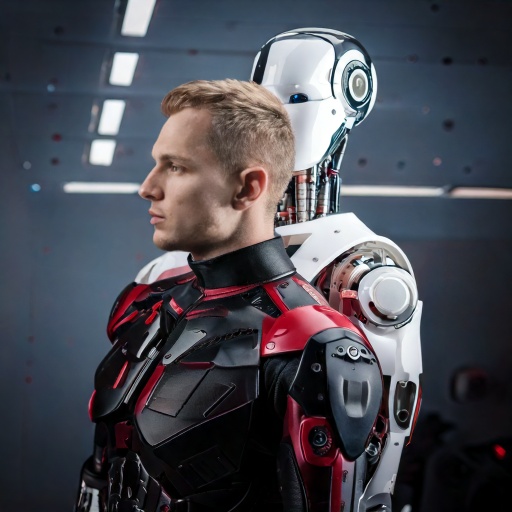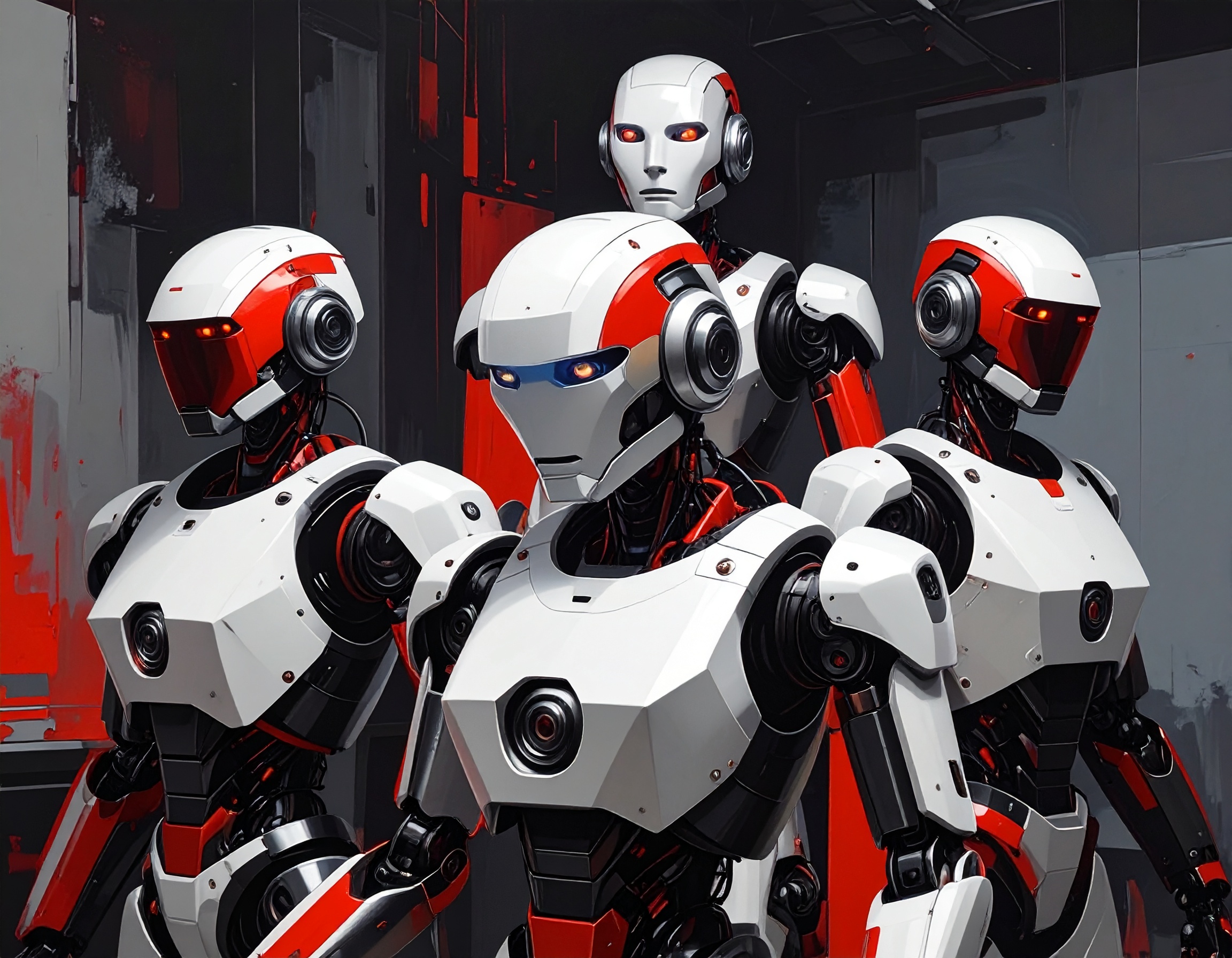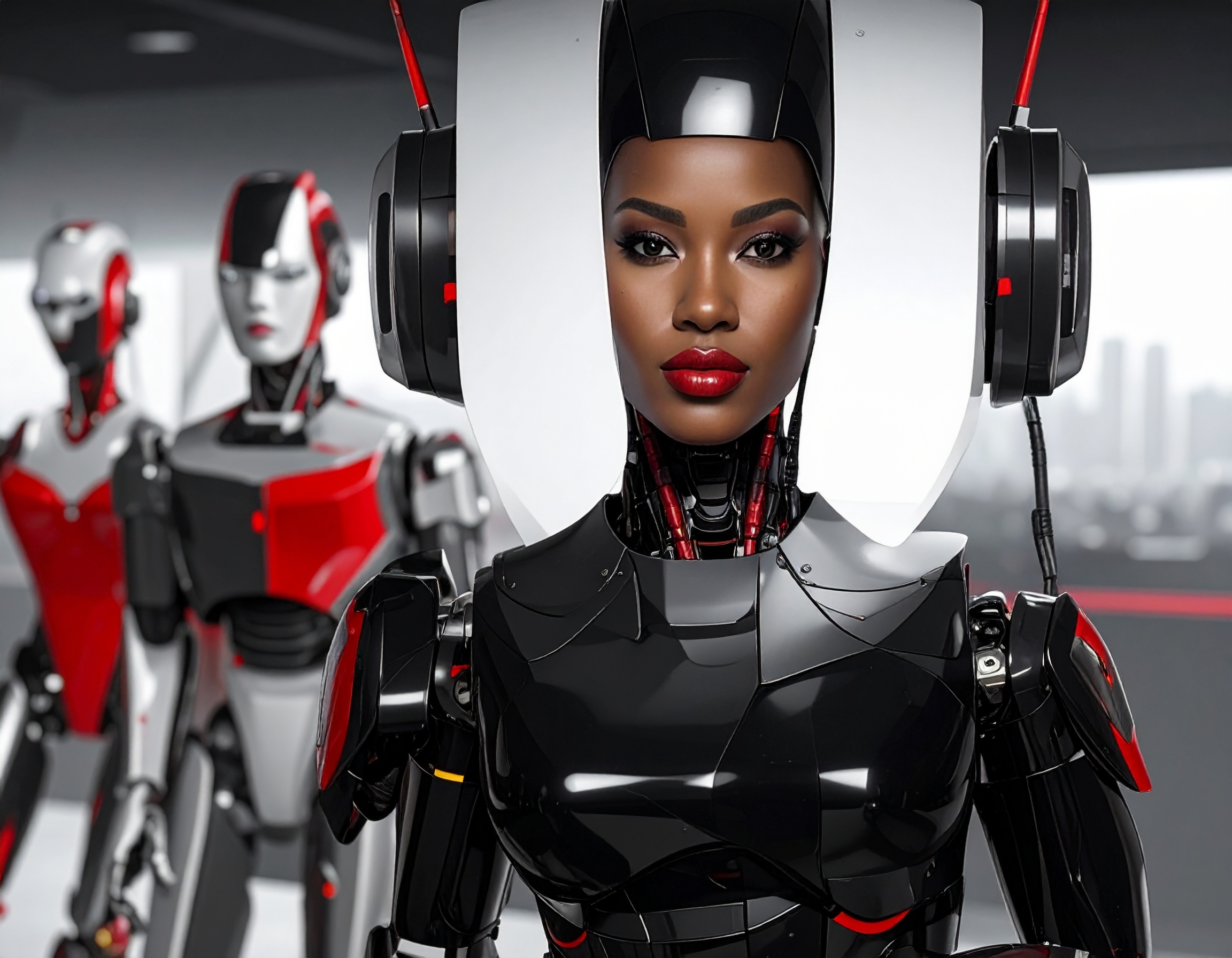The Rise of Xpeng’s ‘Iron’: China’s Bold Step Toward a Robotic Workforce

Xpeng Unveils the Future: Meet ‘Iron’
In November 2024, Chinese electric vehicle (EV) manufacturer Xpeng introduced the world to its first humanoid robot, aptly named Iron, during its AI Day event. This futuristic development marks a significant milestone not only for the company but for the global robotics and automotive industries as a whole.
Iron is no ordinary robot—it stands 178 cm tall, weighs 70 kg, and features 62 degrees of freedom, allowing for near-human flexibility and motion. Powered by Xpeng’s proprietary Turing AI chip, the robot is designed to function as an intelligent agent capable of learning, sensing, and adapting in real time.
From Factory Floor to Digital Colleague
What sets Iron apart is that it’s not just a concept—it’s already working. The robot has begun assisting human workers on Xpeng’s vehicle production lines, helping with tasks such as assembling the Xpeng P7+ electric sedan. With 15 degrees of freedom in each hand and tactile sensors, Iron can manipulate tools and objects with impressive dexterity.
This real-world deployment signals a shift towards integrating non-human workers, or digital employees, into labor-intensive industries. It’s not just about automation—it’s about collaboration between humans and robots to improve productivity and reduce the burden of repetitive tasks.

Looking Ahead: Mass Production by 2026
Xpeng is planning to mass-produce Iron starting in 2026, aiming for Level 3 autonomy—meaning the robot will be able to perform tasks independently in structured environments like warehouses and factories. The company has committed up to $13.8 billion USD to this ambitious project.
CEO He Xiaopeng emphasized the importance of deep investment, saying that “without burning billions in capital, creating effective humanoid AI robots is not feasible.” The statement underlines just how high the stakes are in the race to develop commercially viable humanoid robotics.
Why This Matters
The arrival of intelligent agents like Iron is not just a technological feat—it’s a cultural and economic turning point. As companies worldwide grapple with labor shortages and rising costs, digital employees could become a crucial part of the solution.
With Xpeng pushing boundaries, other manufacturers may soon follow, sparking a new era in industrial automation. Whether this will lead to improved productivity, new job opportunities, or broader social impacts is still unfolding—but one thing is clear: the age of non-human coworkers has begun.
Key Highlights:
- Unveiled in Nov 2024 during Xpeng’s AI Day in China.
- ‘Iron’ is a humanoid robot: 178 cm tall, 70 kg, with 62 degrees of freedom.
- Powered by Xpeng’s Turing AI chip, enabling advanced perception and real-time decision-making.
- Already deployed on production lines to assist in assembling electric vehicles (e.g., Xpeng P7+).
- Features 15 degrees of freedom in each hand and tactile sensors for precise object handling.
- Mass production planned for 2026 with Level 3 autonomy (semi-independent operation in structured environments).
- Backed by a massive $13.8 billion USD investment from Xpeng.
- CEO He Xiaopeng: "Humanoid AI robots require billion-level investments."
- Represents a major step toward integrating non-human workers or digital employees into everyday industry.
- Signals a transformative shift in manufacturing, labor efficiency, and intelligent automation.
Reference:
https://www.topgear.com/car-news/tech/xpeng-will-start-mass-producing-its-human-iron-robot-2026


